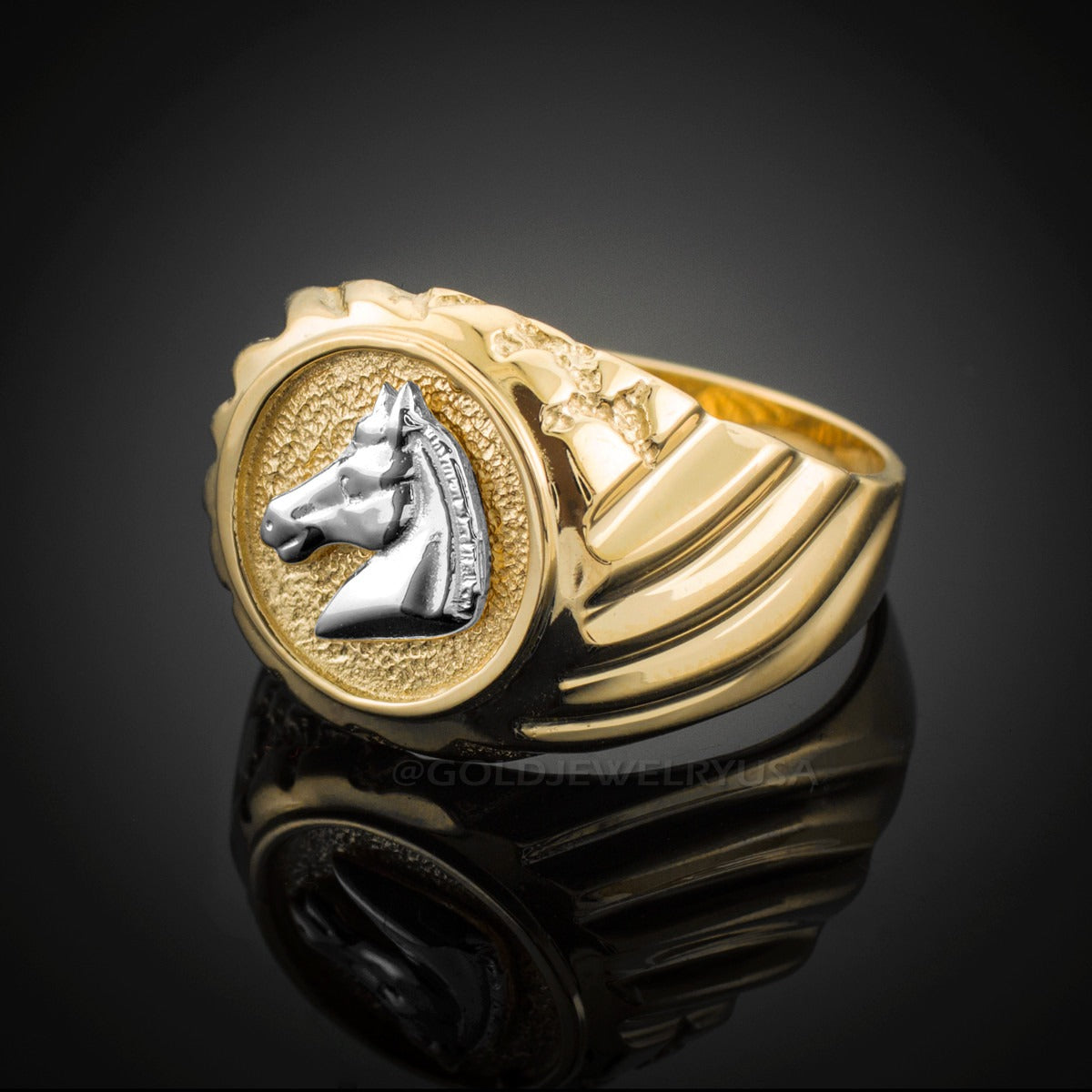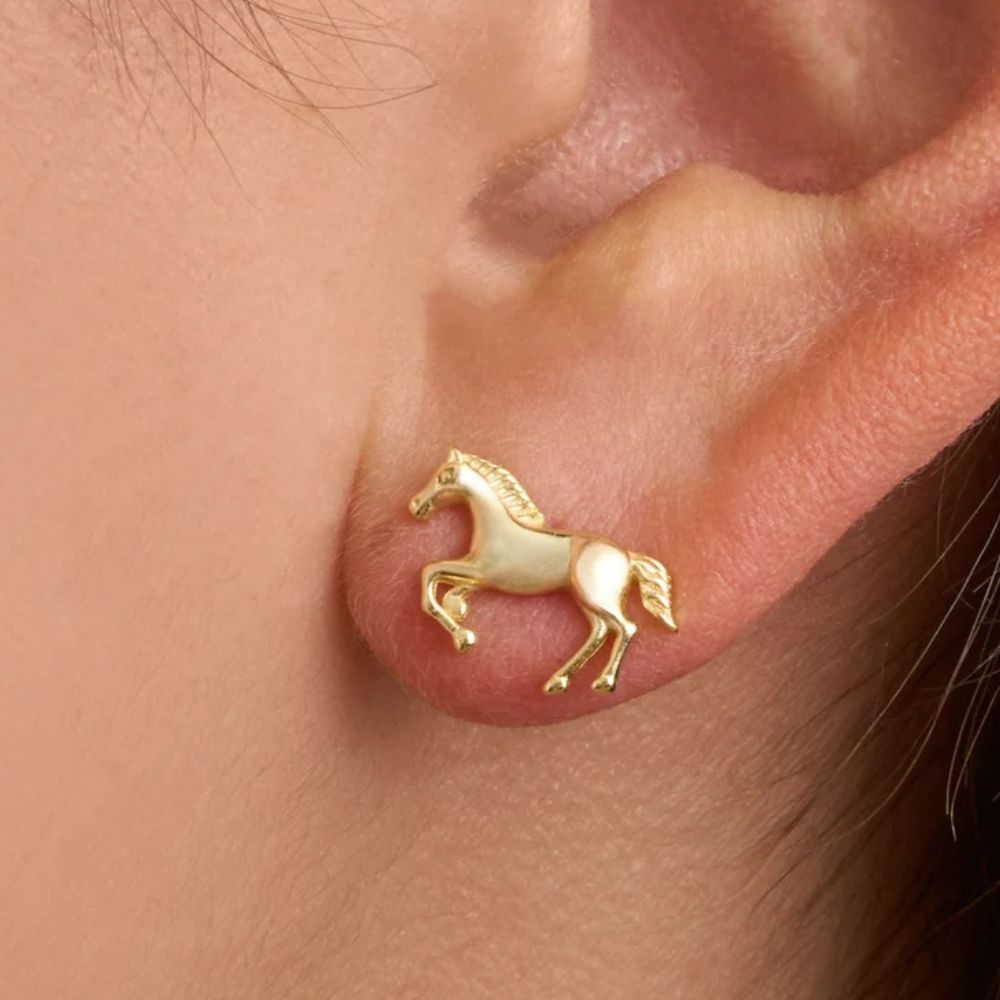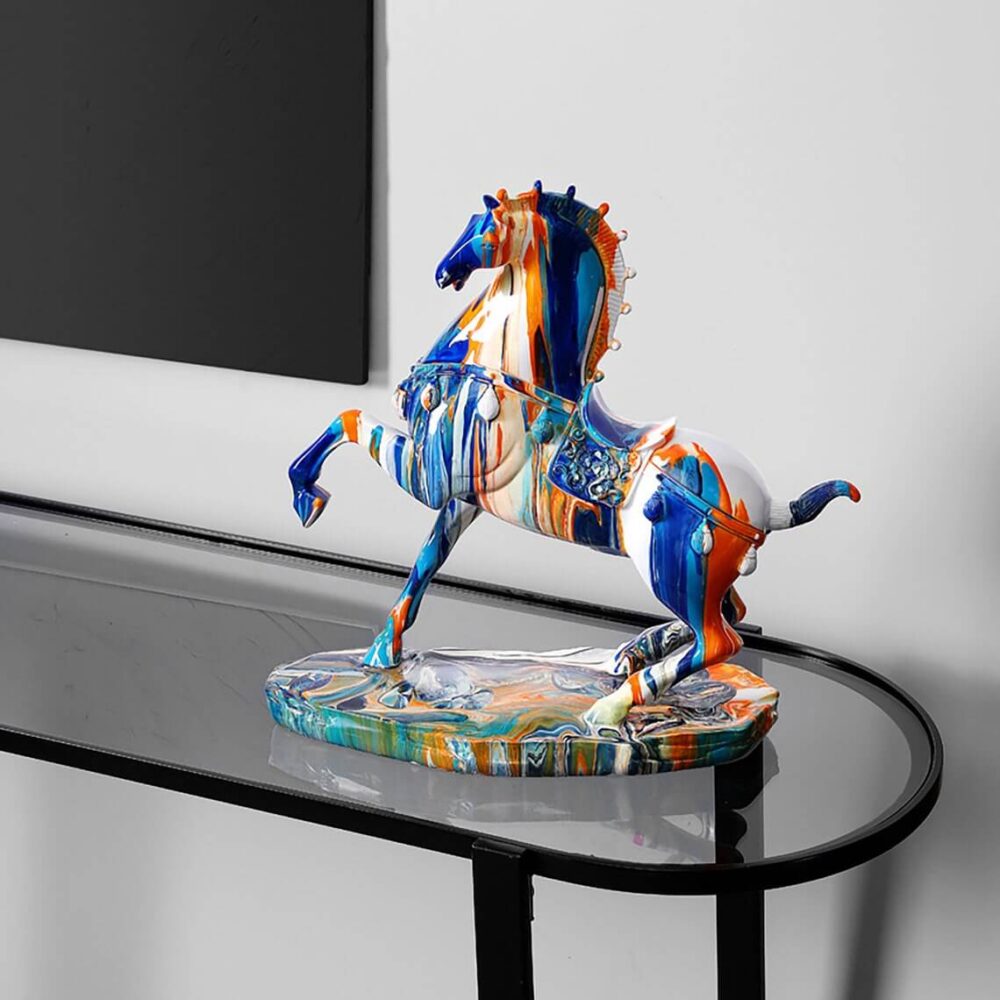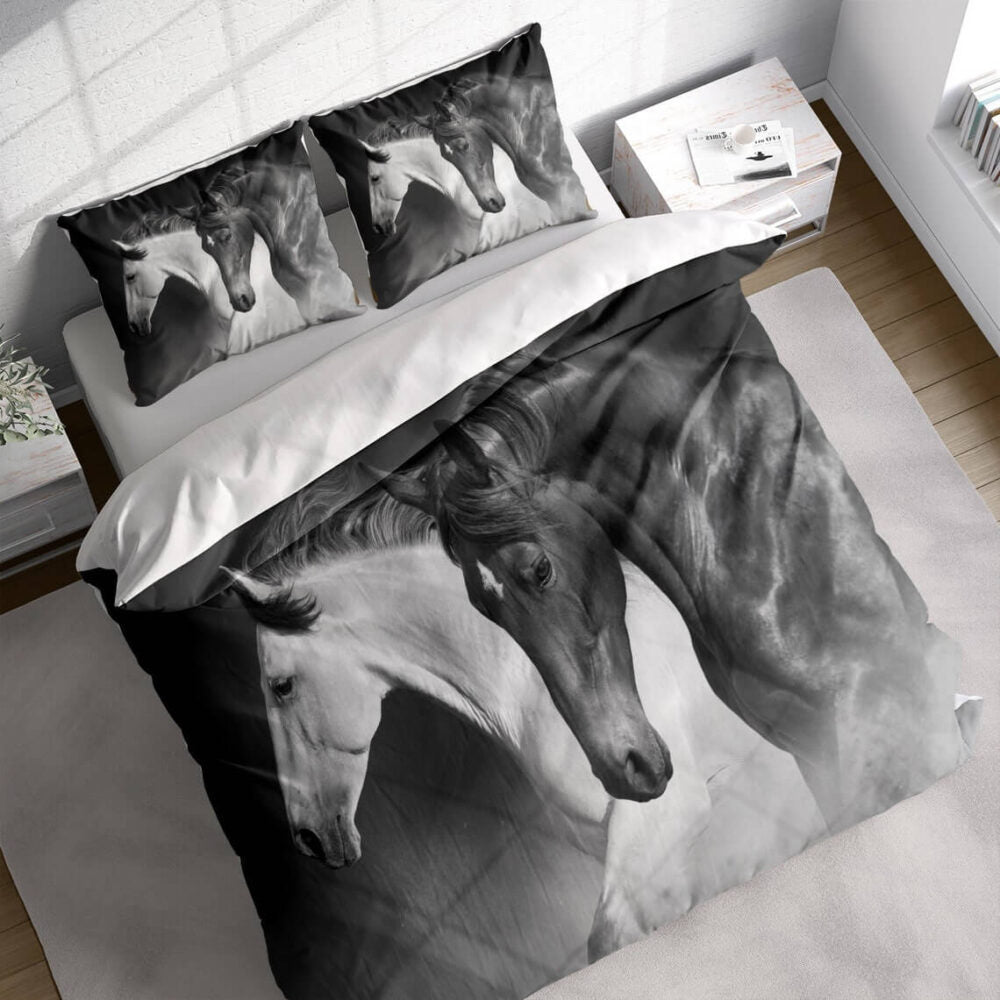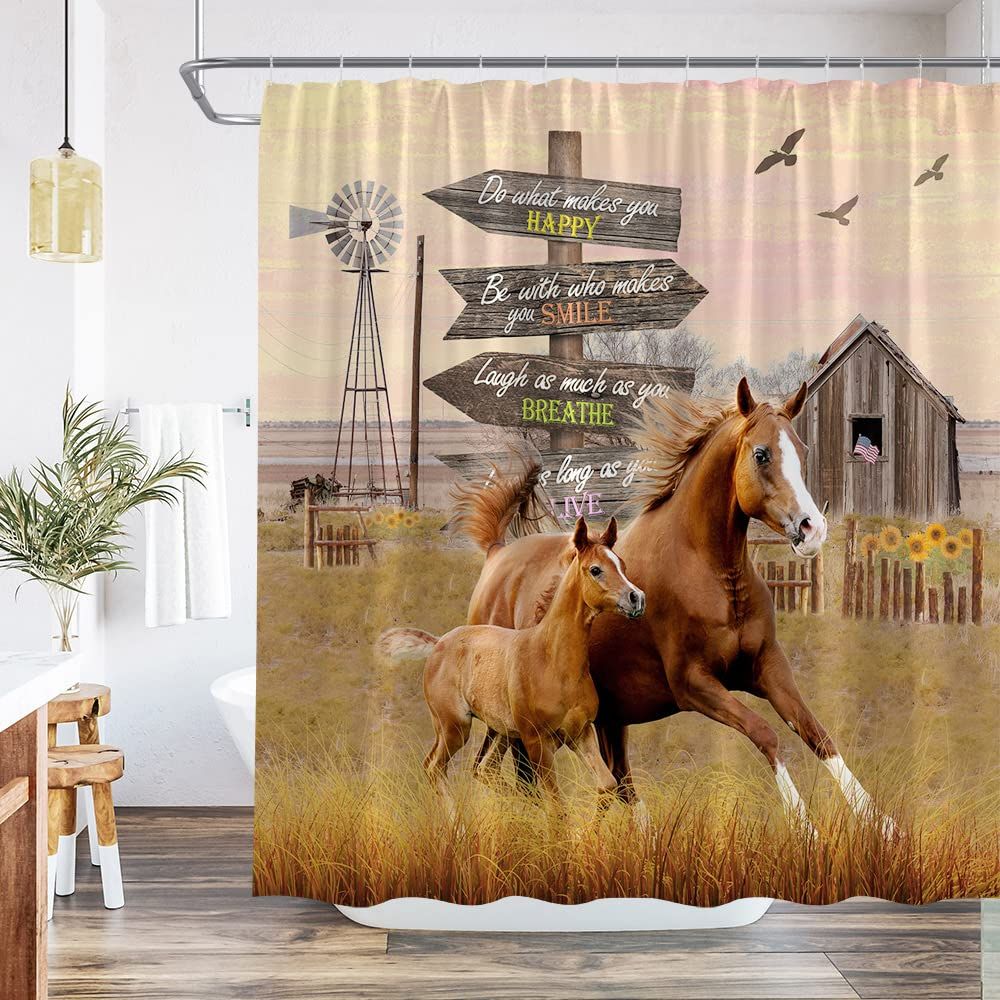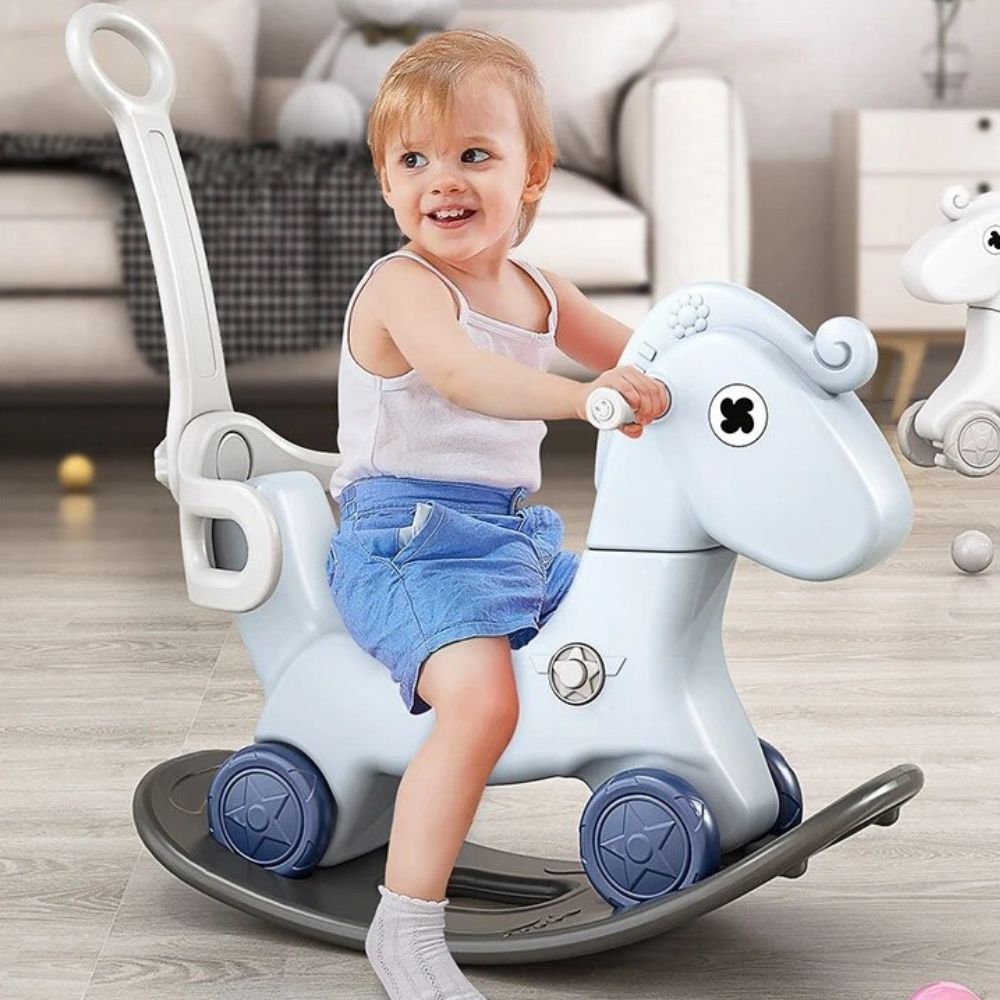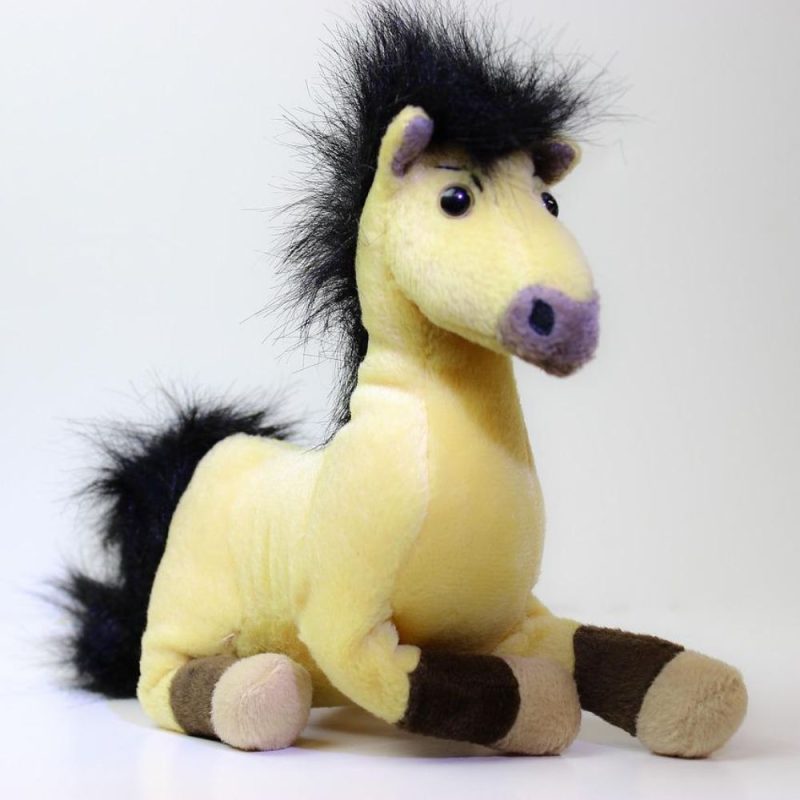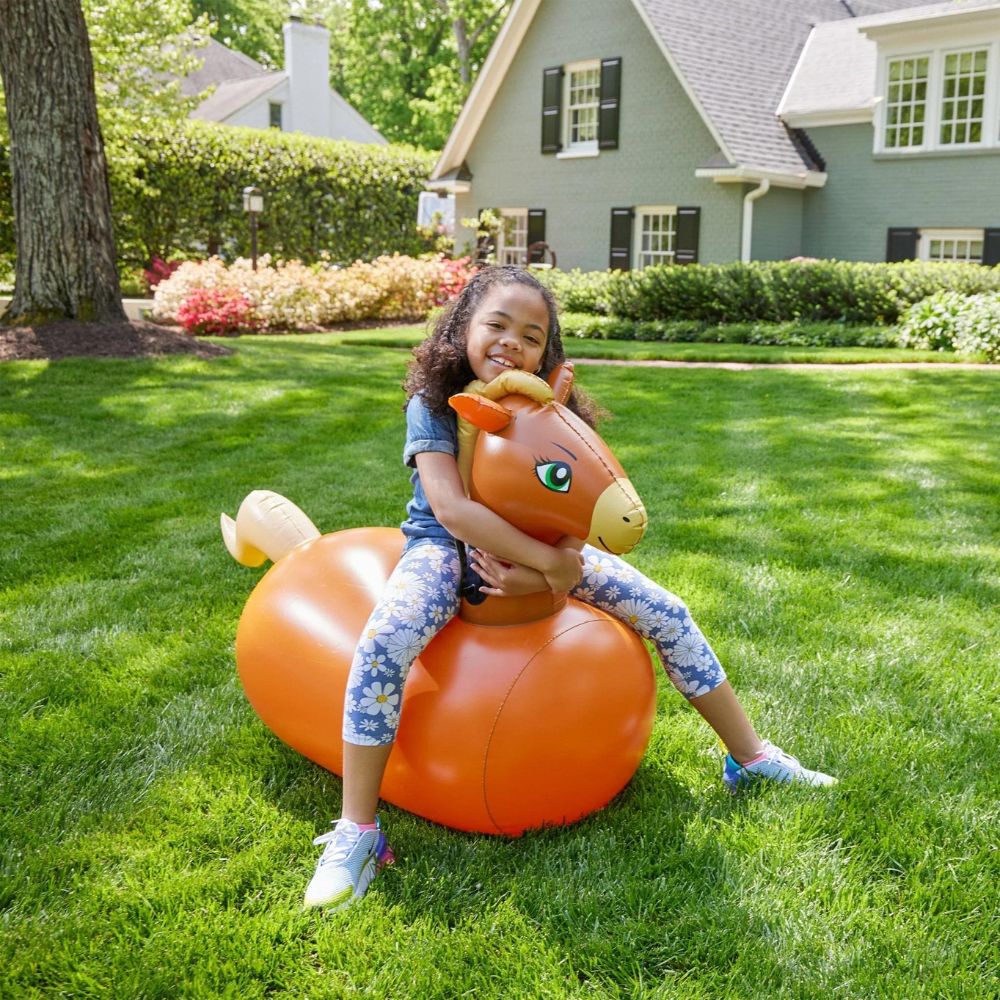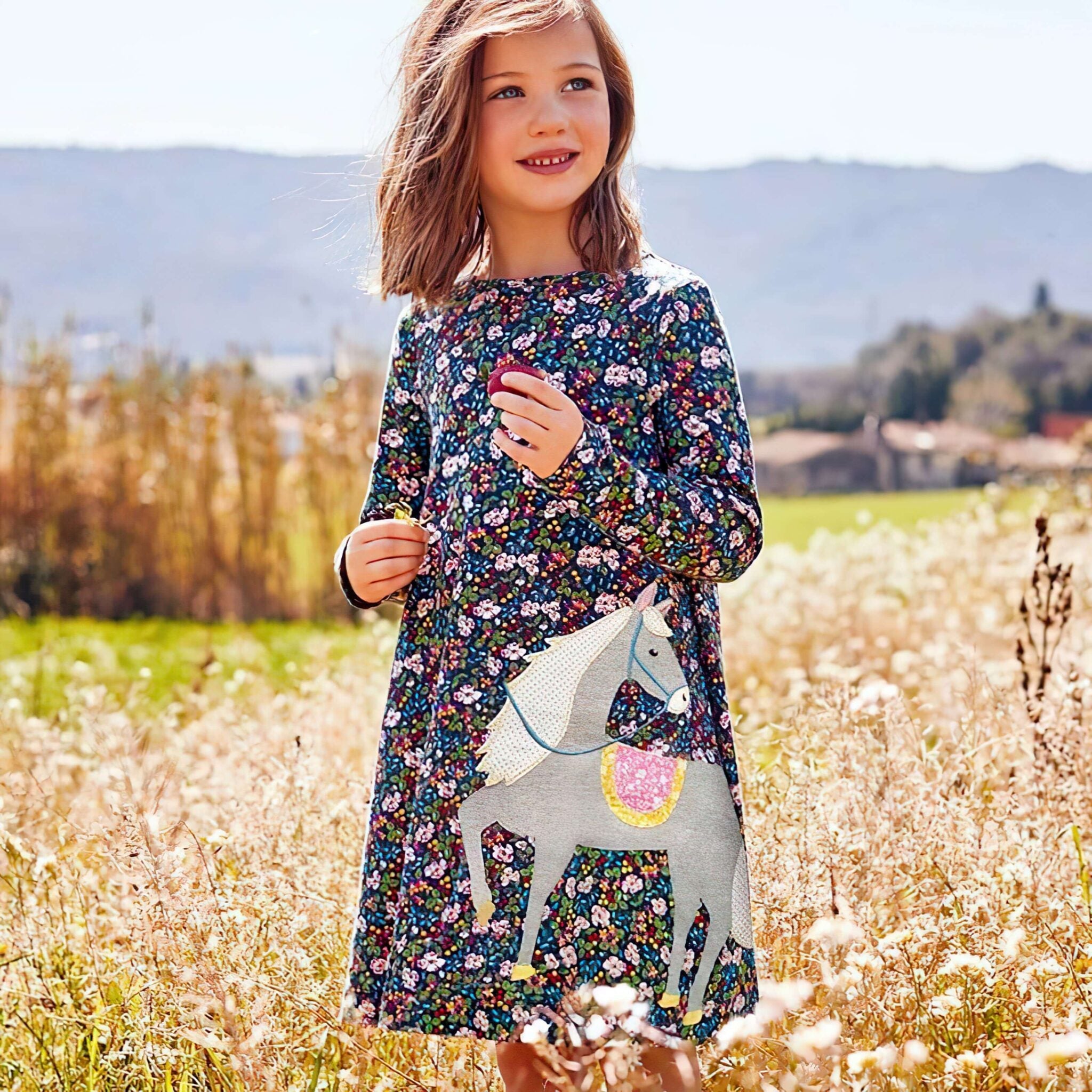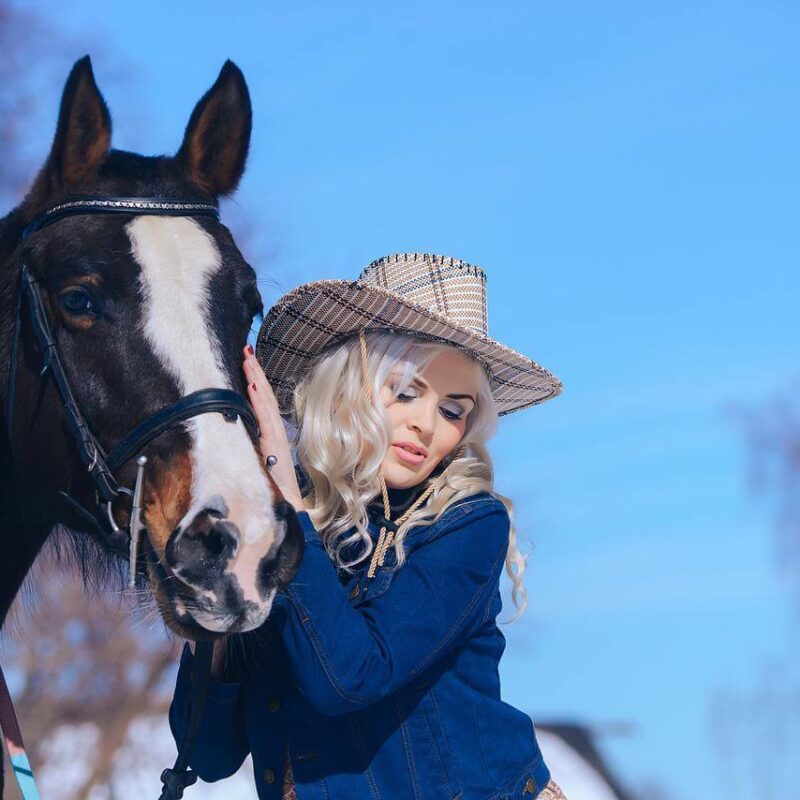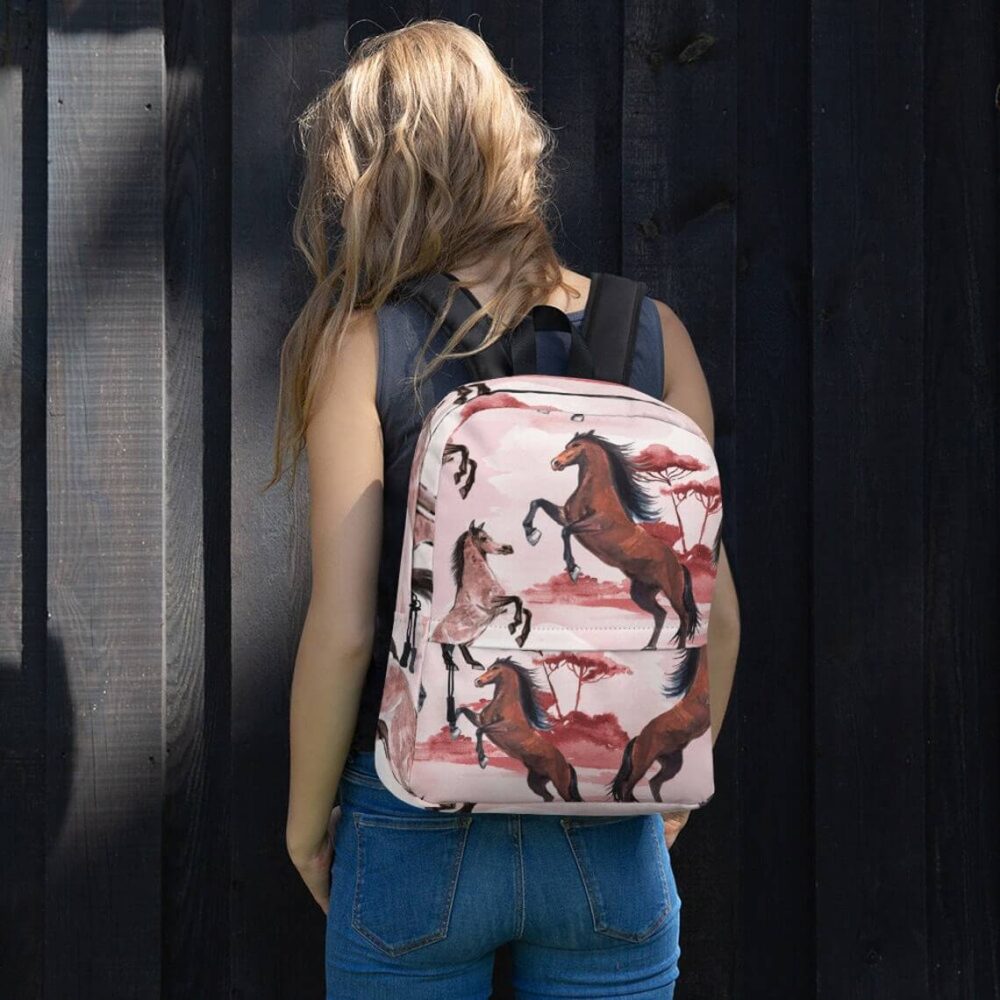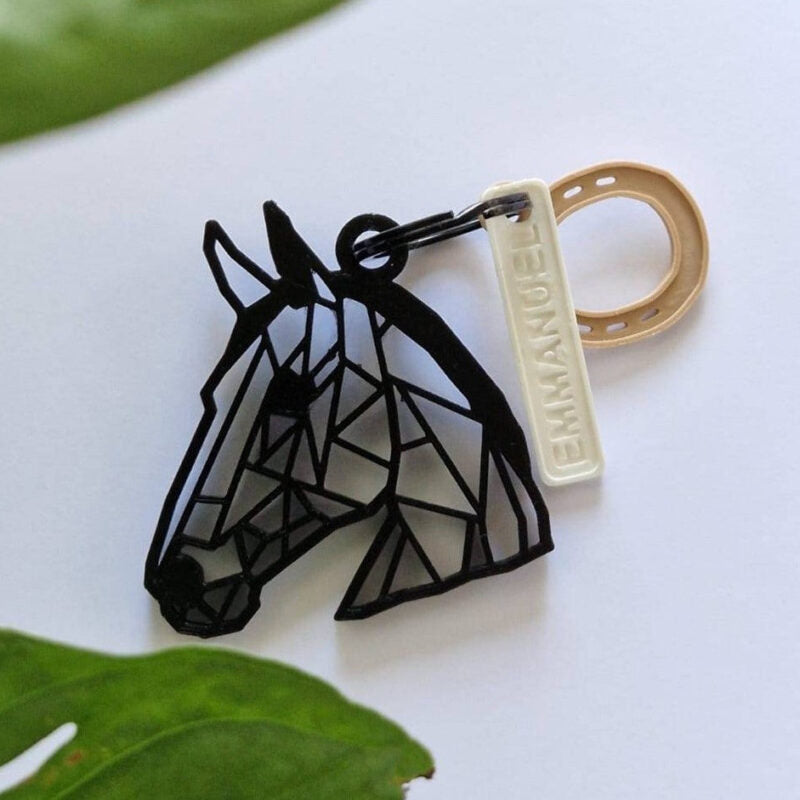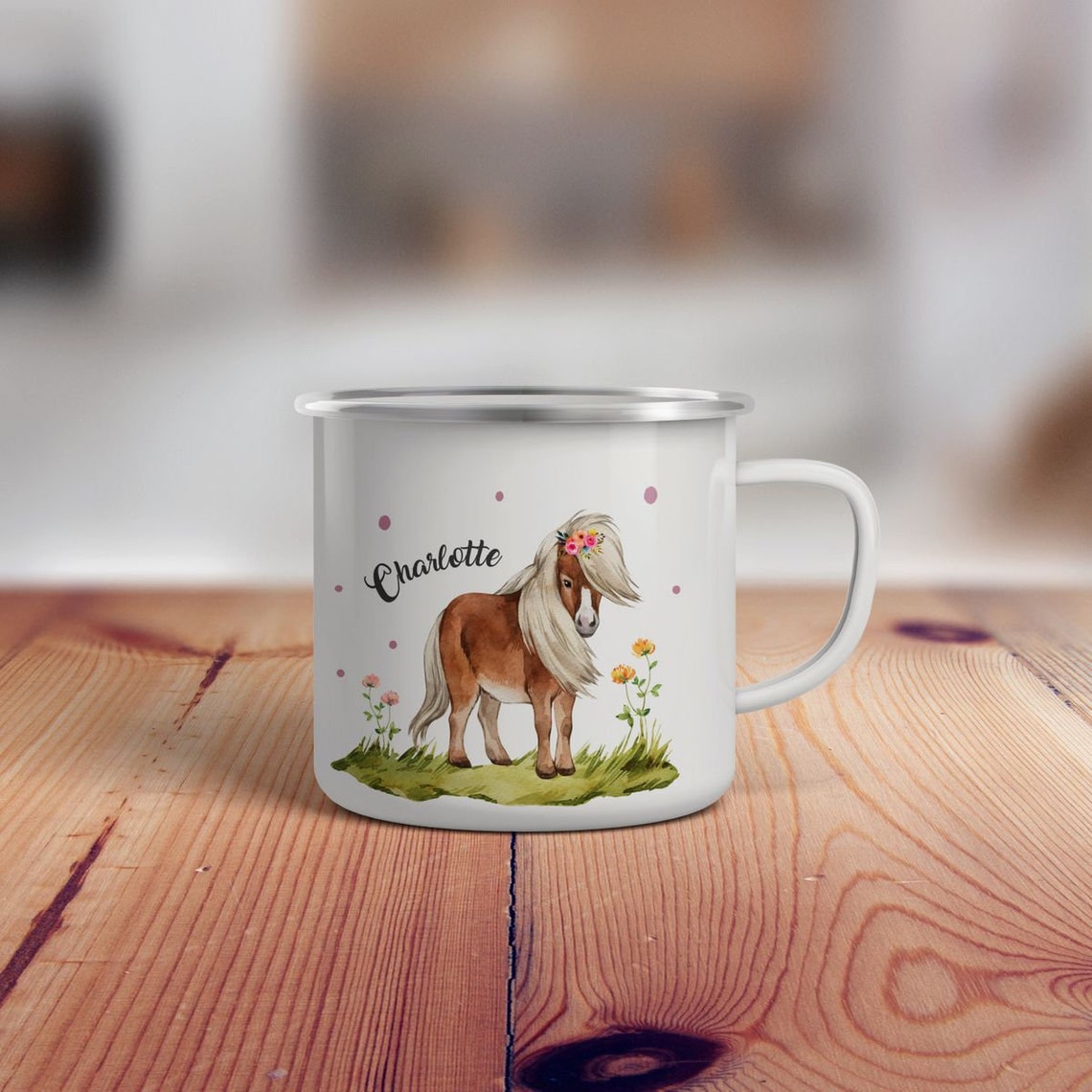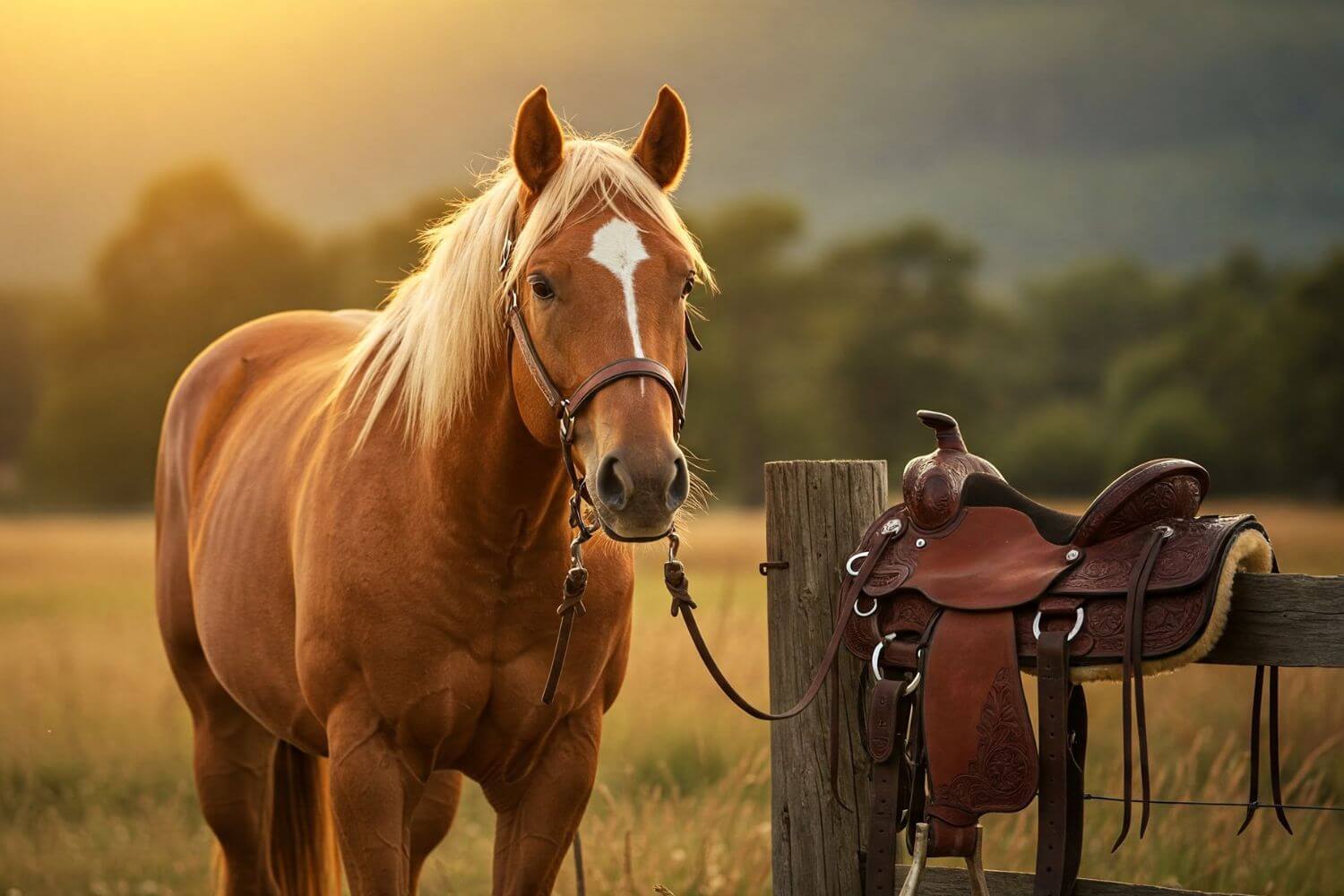
The Right Age to Ride: When Your Horse is Ready for the Saddle
As horse enthusiasts, we all eagerly anticipate the moment when our young equine companions are ready to be ridden. However, determining when a horse is old enough to ride isn’t as straightforward as marking a specific birthday on the calendar. The question of how old does a horse have to be to ride involves understanding complex factors related to physical development, mental maturity, and individual variations among horses. Starting too early can lead to lasting health issues and behavioral problems, while waiting unnecessarily long might delay important training milestones. In this comprehensive guide, we’ll explore the science behind horse development, share expert recommendations on appropriate riding age, and provide practical advice for ensuring your horse’s welfare throughout the training process. Whether you’re a seasoned equestrian or new to the world of horses, this article will help you make informed decisions about when to begin riding your equine companion.
Understanding Horse Development and Growth Stages
The journey from foal to riding-ready horse involves several critical developmental stages that every responsible horse owner should understand. Horse maturity happens gradually, with different body systems developing at various rates—much like human children who may be physically advanced but emotionally young, or vice versa.
The Critical First Years
A foal’s first three years represent the most intensive growth period of their lives. During this time, their skeletal structure undergoes dramatic changes as bone growth continues throughout their body. Most importantly, a young horse’s growth plates—the areas at the ends of long bones where new bone forms—remain open and vulnerable during this period.
These growth plates, also called epiphyseal plates, are essentially zones of cartilage that haven’t yet ossified (turned to bone). When young horses are subjected to the weight and stress of a rider too early, these plates can suffer damage that may result in long-term structural problems, including angular limb deformities and chronic pain.
➤ Also Read: What are Chestnuts on Horses? A Complete Guide
Skeletal Maturity Timeline
Skeletal maturity follows a relatively predictable pattern in horses, though there can be significant variations based on breed, genetics, and individual factors:
- By age 2: Smaller bones like those in the knees (carpus) and lower hocks typically close their growth plates
- By age 3: Most leg bones have completed their growth, but the spine is still developing
- By ages 5-6: The spine, including vertebrae and their associated growth plates, typically completes development
Dr. Deb Bennett, a renowned expert in equine science and horse anatomy, notes that the horse’s spine is often the last major structure to reach full skeletal maturity—a crucial consideration since this is the structure that bears most of the rider’s weight.
Influence of Breed and Size
Different horse breeds mature at different rates, which can significantly impact appropriate riding age. As a general rule:
- Smaller breeds like Arabians and Quarter Horses tend to mature more quickly
- Larger breeds such as draft horses and warmbloods typically require more time to reach full physical development
- Ponies often reach skeletal maturity earlier than full-sized horses
In 2018, a comprehensive study published in the Journal of Equine Veterinary Science confirmed these breed variations, finding that some light horse breeds reached acceptable levels of skeletal development for light riding between 3-4 years, while heavier breeds needed until age 5 or beyond.
Determining the Right Age to Start Riding
When it comes to answering the question of how old does a horse have to be to ride, there’s no one-size-fits-all answer. Instead, responsible horse owners must consider several factors to ensure their equine partner’s wellbeing and future performance.
The Consensus Among Experts
Most veterinary advice and expert opinions suggest that horses should not be ridden before they reach at least 3 years of age, with many professionals recommending waiting until age 4 or even 5 for larger breeds. The renowned equine veterinarian Dr. Robert Miller states, “The greater the weight and stress on immature joints and growth plates, the greater the risk of developmental issues that can affect a horse for its entire life.”
Physical Indicators of Readiness
Rather than relying solely on age, experienced trainers look for specific physical signs that indicate a horse may be ready for the initial stages of breaking a horse:
Complete Shedding of Baby Teeth
By around age 5, horses typically have shed all their deciduous (baby) teeth and grown their permanent set. This physiological milestone often coincides with other aspects of maturity.
Proportional Body Development
A horse ready for riding should have a proportional body with well-developed muscles, particularly in the back and hindquarters. The back should be strong and well-muscled, not sunken or excessively hollow.
Closed Growth Plates
While not visible to the naked eye, growth plates closure is crucial for riding readiness. A veterinarian can assess this through physical examination and, if necessary, through radiographic imaging.
Mental and Emotional Maturity in Horses
Physical development is only half the equation when determining riding age; equally important is the horse’s mental development and emotional readiness for the challenges of training.
Assessing Mental Readiness
A mentally mature horse demonstrates:
Consistent Focus and Attention
The ability to maintain attention during groundwork sessions is a strong indicator of mental readiness for under-saddle training.
Emotional Stability
A horse that can handle new situations, environments, and stimuli without excessive fear or stress responses is showing signs of emotional maturity necessary for successful riding training.
Trust in Handlers
Before beginning horse training techniques under saddle, establishing a foundation of trust through groundwork is essential. A horse should be comfortable with human touch throughout its body, respond willingly to basic commands, and show signs of enjoying human interaction.
The Importance of Groundwork
Groundwork serves as a crucial preparatory step for riding and can begin much earlier than mounted work. Starting at age 2-3, young horses can learn:
- To respond to voice commands
- Basic leading and haltering skills
- Lunging and liberty work
- Desensitization to various stimuli
- Acceptance of grooming and handling
Trainer Sarah Johnson emphasizes, “The groundwork you do with a young horse creates the foundation for everything that follows. It’s never wasted time to establish these basics thoroughly before ever sitting on their back.”
Our horse training techniques necklaces and bracelets make perfect gifts for the dedicated trainer in your life, combining beauty with your passion for proper horse development.
Safe Practices for Starting Young Horses
When the time finally comes to begin the actual riding process, following proper protocols ensures both horse welfare and rider safety. The methods used during these formative experiences can influence a horse’s attitude toward riding for its entire career.
Creating a Positive First Experience
The initial saddling and riding experiences should be carefully managed to create positive associations. Ethical riding practices dictate that these first sessions should be:
Brief and Positive
Early riding sessions should last only a few minutes, gradually increasing in duration as the horse builds physical and mental stamina. The goal is to end each session on a positive note, before the horse becomes tired or stressed.
Appropriately Weighted
The first rider should be light and balanced. Many professional trainers use experienced teenage riders or small adults for a horse’s first rides to minimize stress on developing structures. Rider weight should be appropriate for the horse’s size and build—generally not exceeding 15-20% of the horse’s body weight.
Properly Supervised
Initial riding should always occur in a controlled environment under the supervision of an experienced trainer who can read the horse’s body language and intervene if necessary.
Progressive Training Timeline
A thoughtful progression in training respects the horse’s developmental stages:
Age 3-4 Years
For most horses, this age range marks the beginning of actual riding, though sessions should be kept brief (10-15 minutes) and focus on basic concepts like stopping, starting, and turning. Complex maneuvers, jumping, or extended workouts are inappropriate at this stage.
Age 4-5 Years
As physical development progresses, training can gradually increase in intensity and duration. Many trainers recommend no more than 20-30 minutes of actual riding at this age, with plenty of walking and rest breaks.
Age 5-6 Years
Only at this age, when most horses have reached skeletal maturity, should more demanding work begin. Even then, introduction to advanced skills should be gradual and thoughtful.
Long-Term Considerations and Breed-Specific Factors
Making informed decisions about riding age requires considering both the immediate and long-term implications for your horse’s health and career longevity.
Impact on Career Longevity
Research supports the connection between appropriate starting age and career duration. A 2019 study of sport horses found that those started under saddle at age 4 or older had careers that lasted an average of 4 years longer than those started at age 2-3. Additionally, horses started later showed significantly lower rates of lameness and back problems throughout their careers.
Breed-Specific Considerations
Different horse breeds mature at varying rates, necessitating adjustments to the typical timeline:
Thoroughbreds and Racing Breeds
The racing industry often starts horses extremely young, with Thoroughbreds commonly racing at age 2. This practice remains controversial among equine welfare advocates, as these horses have not reached full skeletal maturity. For non-racing purposes, these breeds still benefit from waiting until at least age 3-4 before beginning serious training.
Draft Horses and Larger Breeds
Larger breeds like Percherons, Clydesdales, and warmbloods mature more slowly, with growth plates often not closing completely until age 6 or even 7. For these breeds, light riding might begin at age 4, but more substantial work should wait until later.
Ponies and Smaller Breeds
Smaller equines generally mature more quickly, with many reaching acceptable levels of development by age 3-4. However, this doesn’t mean they should be subjected to inappropriate stress from heavy riders or intensive training at these young ages.
Balancing Tradition and Science
While traditional horsemanship might suggest starting horses at younger ages, modern equine science offers compelling evidence for the benefits of patience. The renowned equestrian and author Mark Rashid notes, “In my experience, horses started at appropriate ages according to their physical development tend to be sounder, more willing partners, and often advance more quickly in their training despite the later start.”
Frequently Asked Questions on Horse Riding Age
How old does a horse have to be to ride safely?
Most veterinary advice suggests waiting until a horse is at least 3-4 years old before beginning light riding, with many experts recommending age 4-5 for larger breeds. The key factor is the closure of growth plates, particularly in the spine, which typically isn’t complete until age 5-6 in many horses. Starting too early can lead to developmental issues and potential long-term health problems.
Can you ride a 2-year-old horse?
While some disciplines traditionally start horses at age 2, current equine science strongly suggests this is too early for most horses. At this age, critical growth plates remain open, and the spine is still developing. Brief, light groundwork and introduction to tack is appropriate, but actual riding, especially by adults, risks damaging developing structures and can lead to premature wear on joints and the spine.
How do I know if my horse is ready to be ridden?
Beyond age, look for physical indicators such as well-developed back muscles, proper proportion between body parts, and completion of major growth spurts. Mental indicators include focus during groundwork sessions, emotional stability, and willingness to accept new experiences. A veterinary assessment can confirm skeletal maturity and readiness for the physical demands of riding.
Do different breeds mature at different rates?
Yes, breed variations significantly affect maturation rates. Smaller breeds like Arabians and Quarter Horses tend to mature faster than larger breeds like drafts and warmbloods. Ponies typically mature faster than horses. These differences should be factored into decisions about when to begin training and riding.
Will starting a horse later delay their training progress?
Contrary to some traditional beliefs, starting a horse at an appropriate age based on their physical and mental development often results in faster training progress and fewer setbacks. Horses started at appropriate ages typically have fewer physical issues that interrupt training, and their greater mental maturity allows them to learn more efficiently.
Conclusion
Determining how old a horse has to be to ride requires balancing multiple factors including physical development, mental readiness, and breed-specific considerations. While traditional practices sometimes push for earlier starts, modern understanding of equine science and horse physiology strongly supports waiting until a horse has reached appropriate levels of development—typically age 3-4 at a minimum, and often age 5-6 for complete maturity.
The patience required to wait for proper development pays dividends in the form of sounder horses, fewer training issues, and longer, more productive careers. As stewards of these magnificent animals, our responsibility is to make decisions based on their long-term welfare rather than short-term goals.
Remember that every horse is an individual, and signs of readiness may appear at slightly different ages. By working closely with veterinarians and experienced trainers, you can develop a plan that respects your horse’s unique developmental timeline while setting them up for a successful riding career.
At Dream Horse, we celebrate the special bond between horses and their human partners through our collection of equestrian-inspired jewelry, décor, and practical accessories. Our products honor the beauty and spirit of horses at every stage of their development, from playful foals to mature riding partners. 💖
Whether you’re preparing a young horse for their first riding experiences or celebrating the accomplishments of a mature equine athlete, our collections offer the perfect way to express your love for these magnificent animals and the journey you share together.









